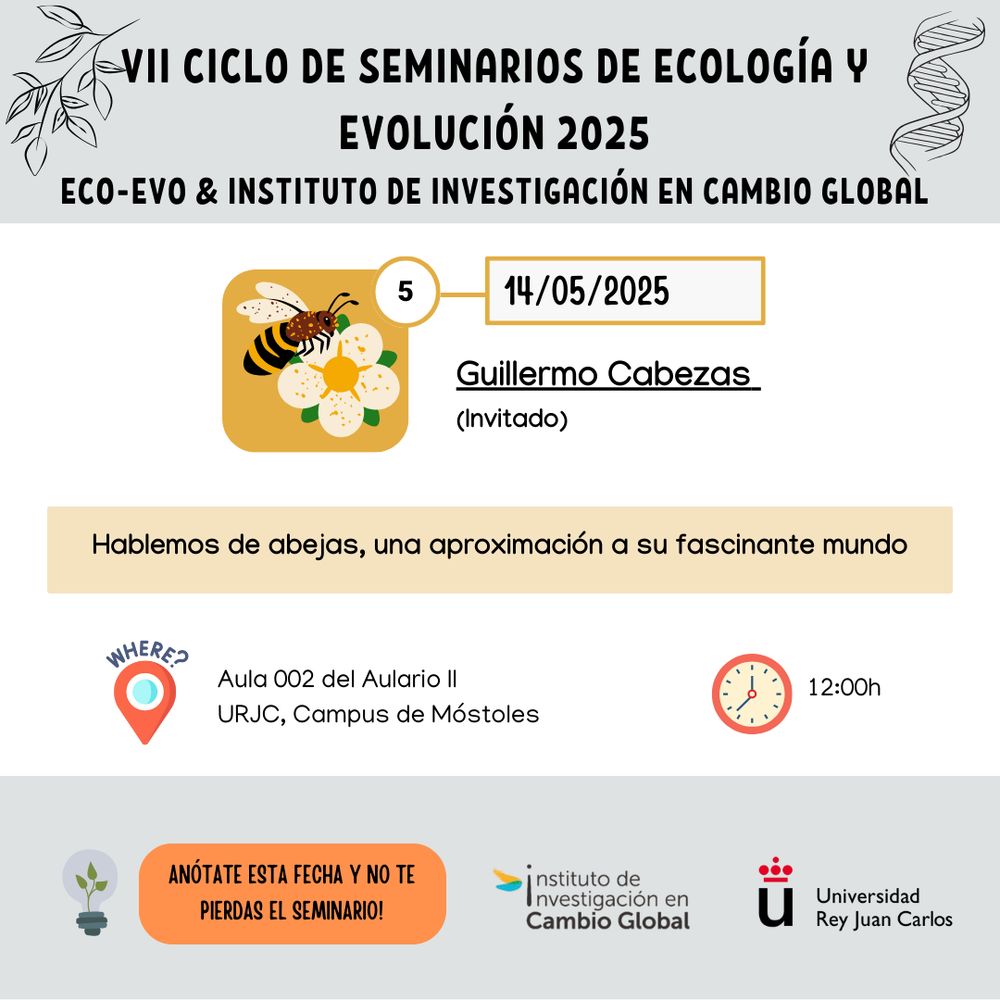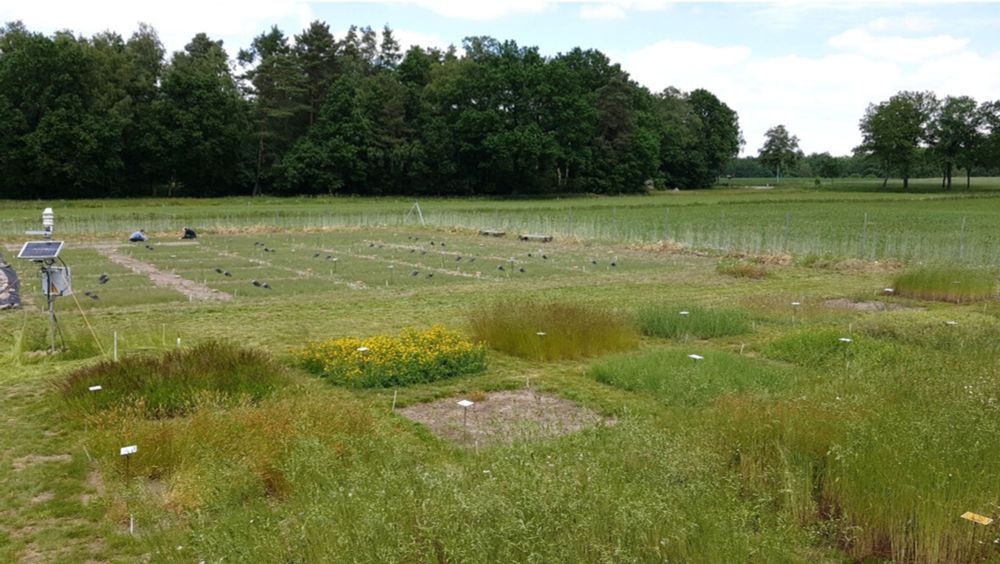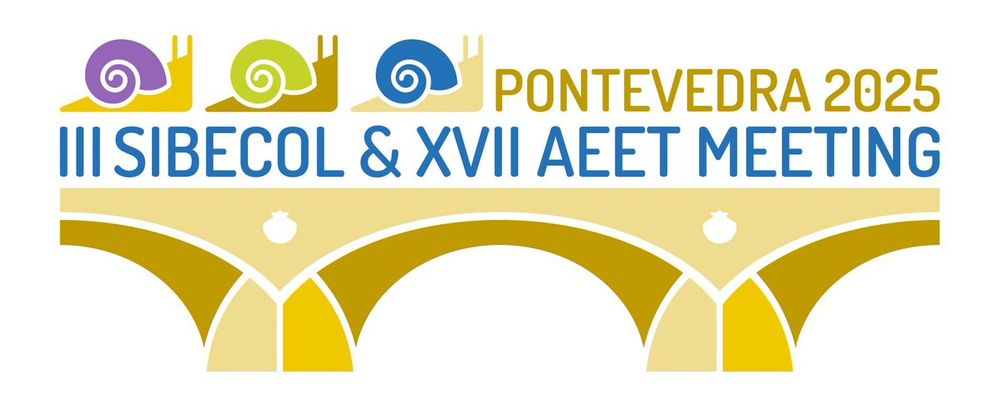Inés M. Alonso-Crespo
@inesalonsocrespo.bsky.social
82 followers
140 following
15 posts
Postdoctoral Researcher at Universidad de Vigo
@LivingSoiLL - https://livingsoill.eu/
Posts
Media
Videos
Starter Packs
Reposted by Inés M. Alonso-Crespo
Reposted by Inés M. Alonso-Crespo
Reposted by Inés M. Alonso-Crespo
Reposted by Inés M. Alonso-Crespo
















